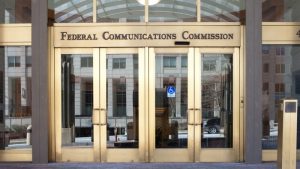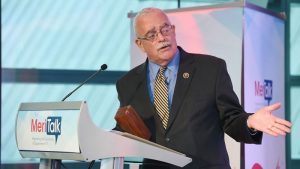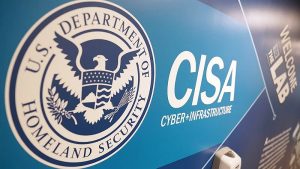Hawaii residents can now upload their COVID-19 vaccination card to their smartphones and carry a digital proof of their immunization with the Hawaii SMART Health card.
StateRAMP, the nonprofit formed earlier this year by leaders from state and local governments and the private sector to help state and local governments manage their third party supplier cybersecurity risks, has released the initial roster of its Authorized Vendor List (AVL).
The Federal Communications Commission (FCC) announced the 50 members of the reestablished Communications Security, Reliability, and Interoperability Council (CSRIC), which will be co-chaired by the Cybersecurity and Infrastructure Security Agency (CISA).
While Federal government funding streams to state and local governments for a variety of purposes have been flowing for many decades – and have shot up to as high as $300-$400 billion throughout the coronavirus pandemic – it still remains anyone’s guess how much of that recent bounty has been earmarked for state and local government IT modernization.
FCC Chairwoman Jessica Rosenworcel – long an advocate for government action to make broadband services more affordable in order to lessen the digital divide in the U.S. – said this week that she welcomes current congressional action to boost funding for broadband benefits but also expressed some skepticism about the effectiveness of service rate discount cuts being contemplated by Congress.
Now that the Federal government, via the Department of Labor (DoL), has signed up to put $2 billion of stimulus-related funding into shoring up beleaguered state unemployment insurance (UI) systems overpowered by the jobless claim surge due to coronavirus pandemic, Federal and state officials discussed how those efforts will roll out during a panel discussion at MeriTalk’s State Tech Vision virtual program on September 15.
State and local government rely heavily on Federal funding sources to advance their IT goals even in the best of times, and government and industry experts explained at MeriTalk’s State Tech Vision virtual program how expanded Federal government funding streams during the pandemic era can work to help pay for traditional assistance for social service and healthcare applications, plus IT modernization efforts targeted by Washington.
Rep. Gerry Connolly, D-Va. – long a prime mover in Congress for improving Federal IT operations – said at MeriTalk’s State Tech Vision virtual program on September 15 that he plans to push two key pieces of legislation this year that aim to help state and local governments improve their own IT capabilities.
Voters in Fremont, Neb., approved a $123 million bond issue intended to improve K-12 education, including expanding mobile device capacity, and growing IT career training opportunities.
The Department of Homeland Security’s Cybersecurity and Infrastructure Security Agency (CISA) announced today that cybersecurity veteran Kiersten Todt will be the agency’s next chief of staff.












